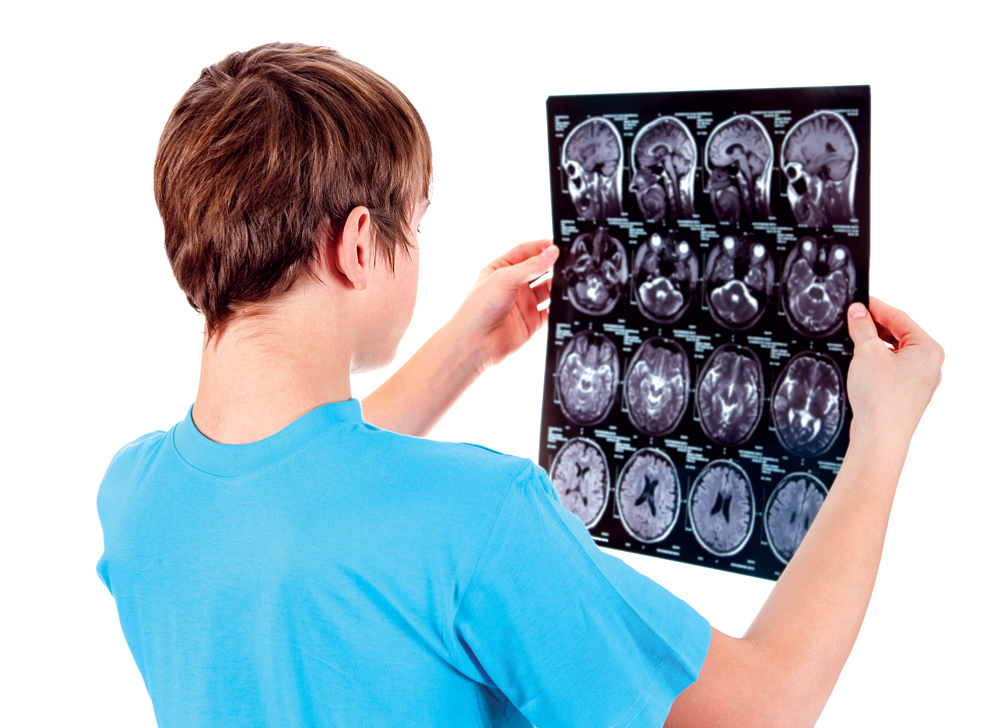
What is concussion’s knock-on effect to general practice, asks Professor Melinda Fitzgerald from Curtin University.

While concussion is in the public eye due to its effects on high-profile sports people, only about 20% of concussions are sports related. Most concussions, also referred to as mild traumatic brain injury, arise from road traffic accidents, falls and assaults.
When a person experiences concussion they have a range of options as what to do. They can attend a hospital emergency department, either public or private. They can see a GP, including at after-hours medical clinics.
People who have experienced concussion playing sport may be attended by a first aid officer, sports trainer and/or a sports medicine clinic or physiotherapist if their symptoms do not resolve. Unfortunately, there is a further option – to do nothing – and it appears that more people than we realise follow this path.
Based on recent studies of incidence rates it can be calculated that there are about 170,000 cases of concussion per year in Australia [Thomas et al Journal of Concussion (2021) 4: 1]. Coded presentations to hospital emergency departments amount to less than one tenth of this number.
Our current research indicates that about 40% of people who seek medical care following a concussion do so through an ED. So, it follows that up to 80% of people who experience a concussion do not seek medical care, at least acutely.
Good management of concussion helps in timely recovery. The lack of early medical care for the majority of people who experience a concussion is a concern, due to the potential for misdiagnosis and lack of care for the one in five people whose recovery is delayed.
WA researchers have recently surveyed GPs to determine their exposure to patients with concussion, their referral practices and their familiarity with guidelines. The results were reported in Thomas et al. BMC Fam Pract (2021) 22:46. A key finding from the study is that of the surveyed GPs, only 63% felt confident to manage a patient diagnosed with concussion.
GPs who are not aware of concussion guidelines were less confident in concussion diagnosis.
The length of time that symptoms persist is highly variable following concussion and depends on the nature of the injury. Good management practices incorporating graded return to activity in such a way as to not exacerbate symptoms is key to optimal recovery.
The GP survey identified that most respondents thought that a delayed recovery is symptoms or signs persisting after five days in adults and children. Current literature actually indicates that symptoms or signs commonly persist for 7-14 days in adults and 28 days in children.
This data implies that GPs are expecting people with concussion to have recovered after five days and may be suggesting they can return to normal activity, including contact sport after this time. Return to normal activity that may expose a person to a second concussion risks recurrence of symptoms, repeated concussion and, at worst, the potentially catastrophic consequences of second impact syndrome. Even premature return to work or school may exacerbate symptoms resulting in delayed recovery.
Given that diagnostic confidence in GPs is linked to awareness of guidelines, it is important to ensure that currently available guidelines are disseminated broadly. However, lack of confidence in managing concussion was not linked to awareness of guidelines, reflecting a lack of information on additional key particulars of how to advise patients on their recovery.
Researchers around Australia and internationally are investigating how best to manage people who experience concussion, and more severe traumatic brain injury.
Connectivity: Traumatic Brain Injury is a new not-for-profit organisation working to raise awareness of concussion in the community. One way it seeks to achieve this is by linking clinicians and healthcare providers with researchers and new research outcomes via its website www.connectivity.org.au.
I encourage all healthcare practitioners who manage people with concussion to visit the website and learn more about the latest research on best-practice management.
As knowledge evolves, there is a need for continually updated, nationally consistent concussion diagnosis and management guidelines. Ensuring these are relevant to concussion from all causes, and with a range of frequently encountered co-morbidities will be important.
The Mission for Traumatic Brain Injury, supported by the Medical Research Future Fund, features the development of such guidelines in its draft Implementation Plan. Once these are developed, they will be broadly disseminated. Additional research is planned to focus on developing prediction models for concussion and more severe traumatic brain injury and identifying new treatments to improve both short and long-term outcomes.
Ensuring GPs and other healthcare practitioners who manage people with concussion receive the most up-to-date knowledge of best-practice, evidence-based care, is key to improving outcomes after concussion. Raising awareness in the broader community of the need to seek medical care after concussion will ensure that up-to-date knowledge is delivered to those who need it most.
ED: Professor Fitzgerald is jointly appointed by Curtin University and the Perron Institute, and is CEO of Connectivity. Her team has been awarded almost $500,000 in Federal Government funding to improve care for people with traumatic brain injury, including those in rural, remote and Aboriginal communities.

